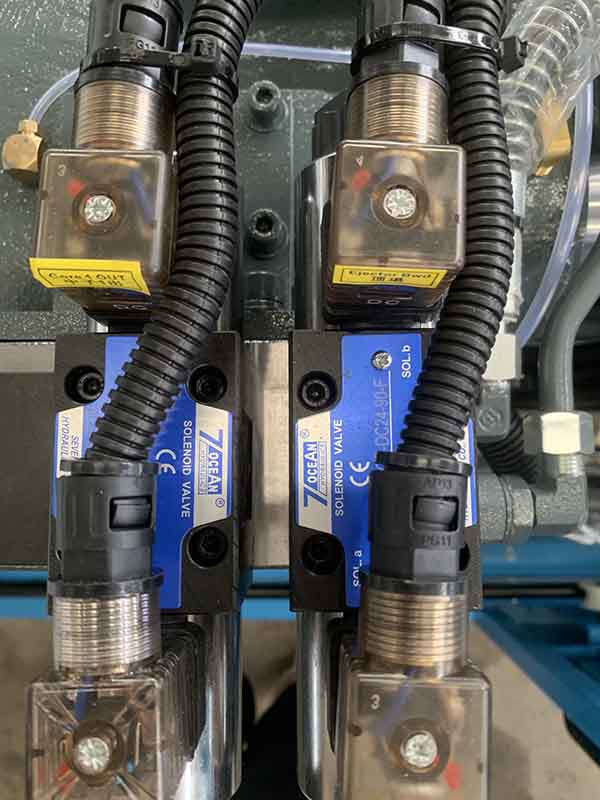Seven key points of PC injection molding process
PC plastic is commonly known as polycarbonate. Because of its excellent mechanical properties, it is commonly known as bulletproof glue. PC plastic has the characteristics of high mechanical strength, wide temperature range, good electrical insulation (but the anti arc performance remains unchanged), good dimensional stability, transparency and so on.
It is widely used in electrical products, electrical instrument shell and structural parts of electronic products. There are many modified products of PC, such as adding glass fiber, mineral filler, chemical flame retardant, other plastics, etc. The fluidity of PC plastics is poor and the processing temperature is high, so the processing of many levels of modified materials needs a special plasticized injection structure.
PC injection molding
1. Treatment of plastics
PC has high water absorption, so it must be preheated and dried for processing. Pure PC is dried at 120 ℃, and modified PC is generally dried at 110 ℃ for more than 4 hours. The drying time shall not exceed 10 hours. Generally, the air-to-air extrusion method can be used to judge whether the drying is sufficient.
The proportion of recycled materials can reach 20%. In some cases, recycled materials can be used, and the actual amount depends on the requirements of the product. Recycled materials cannot be mixed with different color masterbatches at the same time, otherwise the properties of finished products will be seriously damaged.
2. Selection of injection molding machine
Due to the cost and other reasons, the current PC products use more modified materials, especially electrical products, and must also increase the fire resistance. When the flame-retardant PC and other plastic alloy products are formed, the requirements for the plasticizing system of the injection molding machine are good mixing and corrosion resistance. It is difficult to do with the conventional plasticizing screw. It must be explained in advance when purchasing.
3. Mold and gate design
The temperature of common mold is 80-100 ℃, and that of glass fiber is 100-130 ℃. Needle gate can be used for small products. The gate depth should be 70% of the thick part. Other gates are annular and rectangular.
The larger the gate, the better, so as to reduce the defects caused by excessive shear of plastic. The depth of the exhaust hole shall be less than 0.03-0.06mm, and the flow channel shall be as short and round as possible. The demoulding slope is generally about 30 ′~ 1 ° 30 ‘.
4. Melt temperature
The processing temperature can be determined by air injection method. Generally, the processing temperature of PC is 270-320 ℃, and that of some modified or low molecular weight PC is 230-270 ℃.
5. Injection speed
It is common to use faster injection speed for molding, such as electric switch parts. The common is slow → forming.
6. Back pressure
The back pressure of about 10bar can be appropriately reduced without air ripple and color mixing.
7. Retention time
If the residence time at high temperature is too long, the material will degrade, release CO2 and turn yellow. Do not clean the barrel with LDPE, POM, ABS or Pa. Apply PS cleanup.
8. Precautions
Some modified PCs are prone to dark brown liquid bubbles due to too many recovery times (reduced molecular weight) or uneven mixing of various components.



